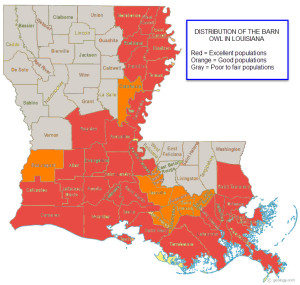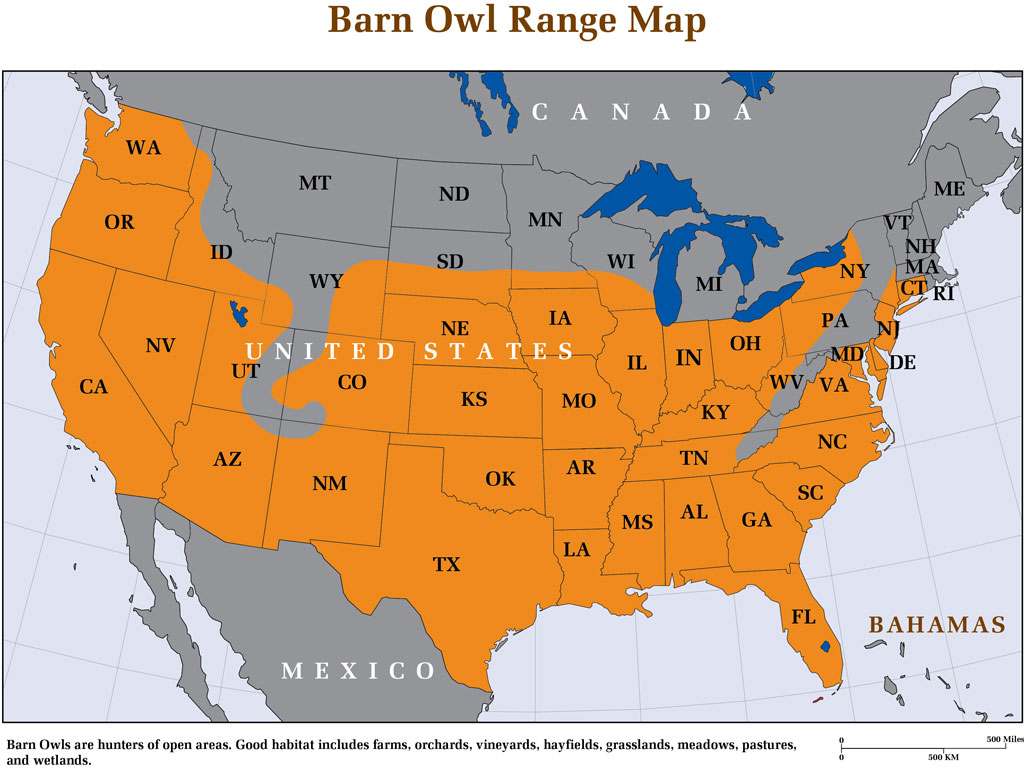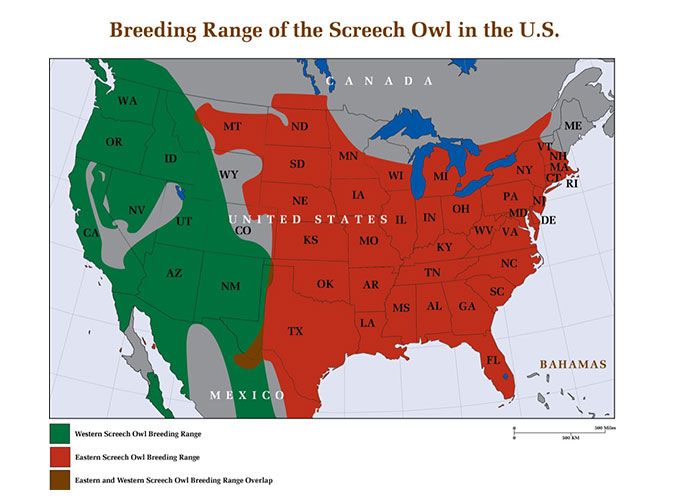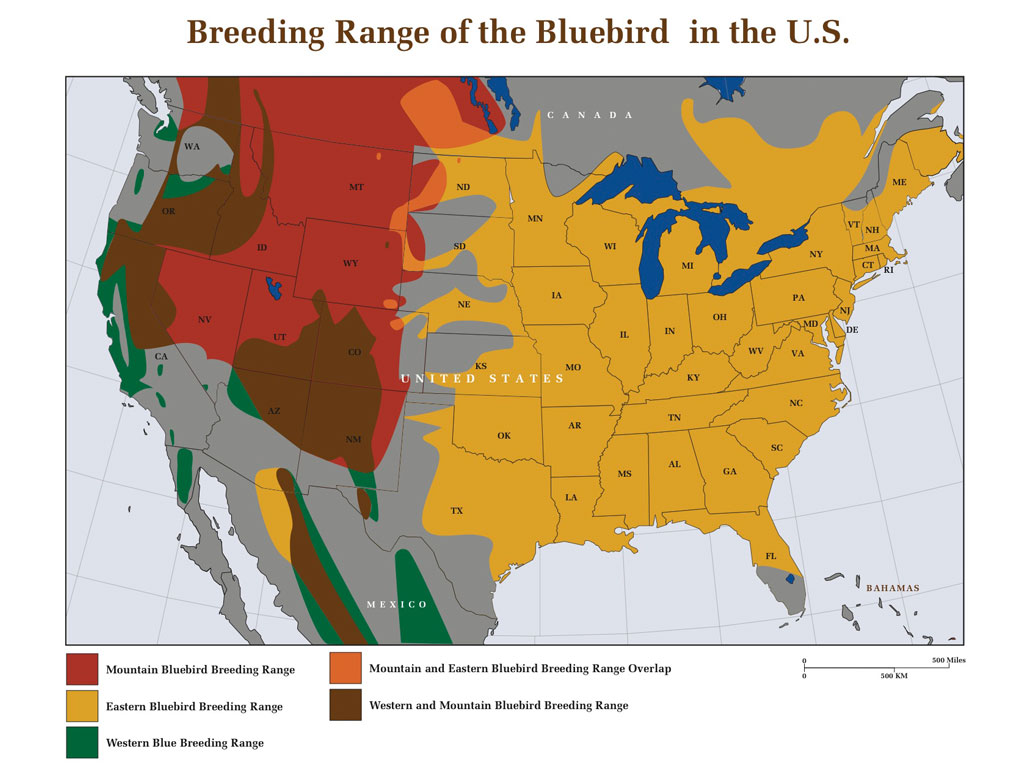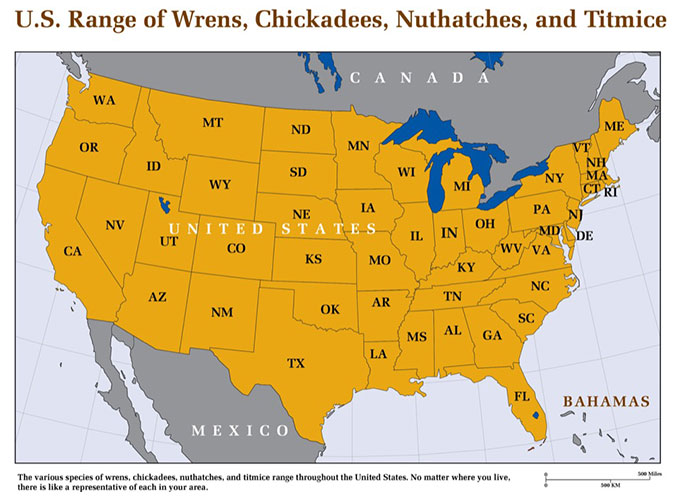Free Shipping to the Contiguous United States
Louisiana Barn Owls
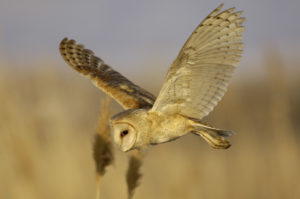
Barn Owls in Louisiana
Louisiana harbors excellent populations of barn owls. High numbers exist in the southern counties where sugar cane, rice fields, and marshlands dominate, in the northeastern rice growing areas, and along the Mississippi, Red, and Archafalaya river basins. Not so good for barn owls are cotton, soy, and corn, as well as the forests and silviculture in the northwestern third and northern panhandle, however nowhere do these crops dominate so greatly that other beneficial land uses such as hay, wheat, rice, horses and cattle do not help barn owls numbers. So the barn owl is present throughout the state.
Barn Owls that Disperse from Northern States
From our satellite telemetry study, we know that Louisiana is an important state for young barn owls dispersing southward in the fall from farther north. Most young barn owls in northern states head southward, often traveling hundreds of miles to find wintering territory in the Gulf States. One of our barn owls, released in Pennsylvania, flew over the Alleghenies, through the Carolinas, then headed west to spend the winter along the shores of Lake Pontchartrain outside of New Orleans.
Louisiana Agriculture and Barn Owls
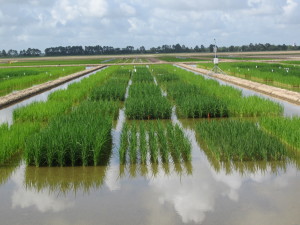
Sugar cane suffers high crop losses to astounding numbers of cotton rats that have a never ending supply of food in the cane; the same is true of rice fields in the NE and SW counties where marsh rice rats are the common pest. Barn owls can be induced to create dense populations in both crops. The only limiting factor to barn owl populations in these areas is the availability of suitable nest sites.
Barn Owl Prey in Louisiana
In a Louisiana coastal marsh, Jemison and Chabreck (1962) found that rice rats made up 97.5% of the prey of Common Barn-Owls. This will also hold true in rice fields. But in sugar cane, studies in Florida have shown cotton rats to dominate prey numbers. Around horse, cattle, and poultry farms, prey will likely be mostly house mice and Norwegian and black rats.
Distribution of Barn owls in Louisiana
